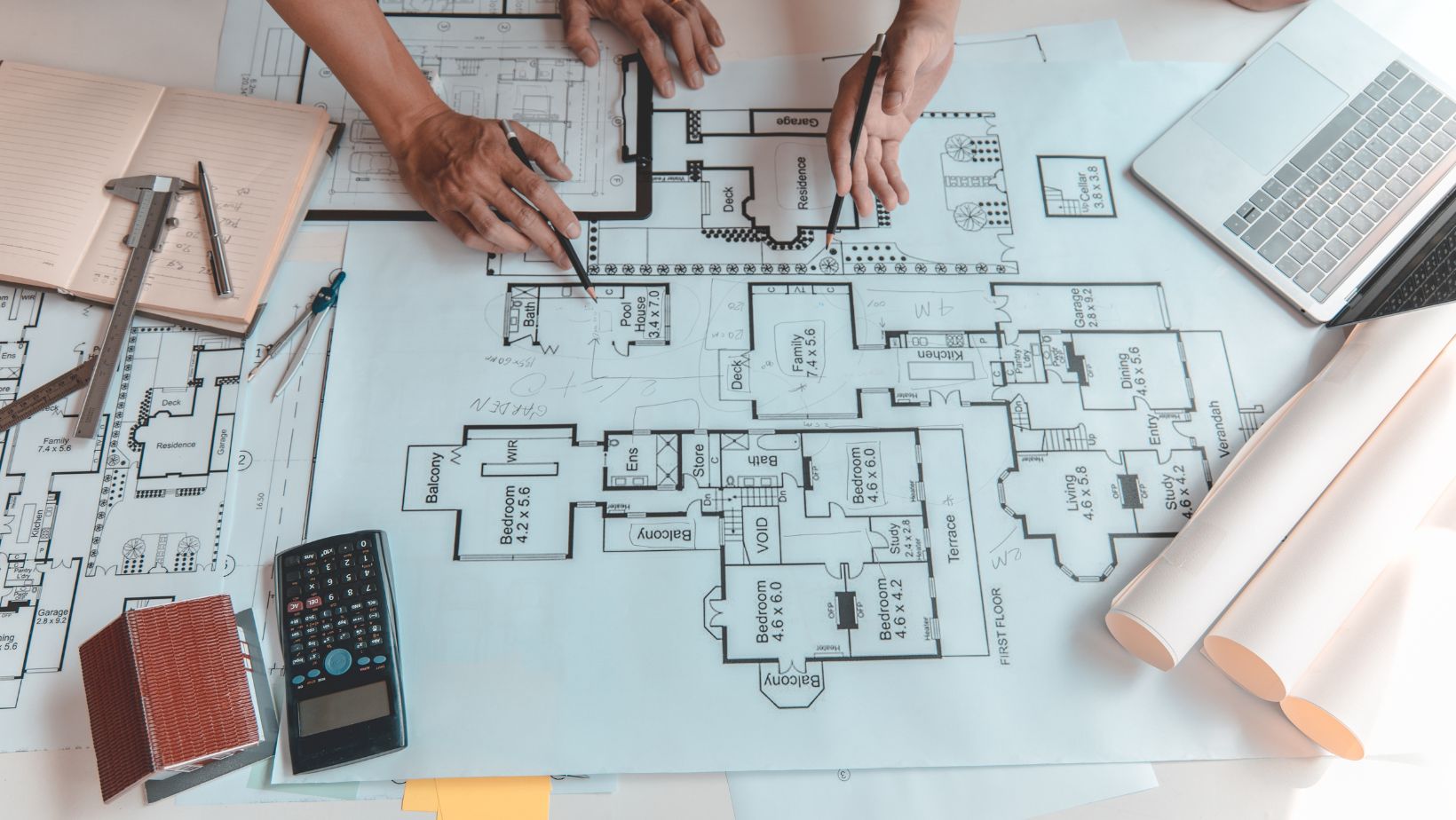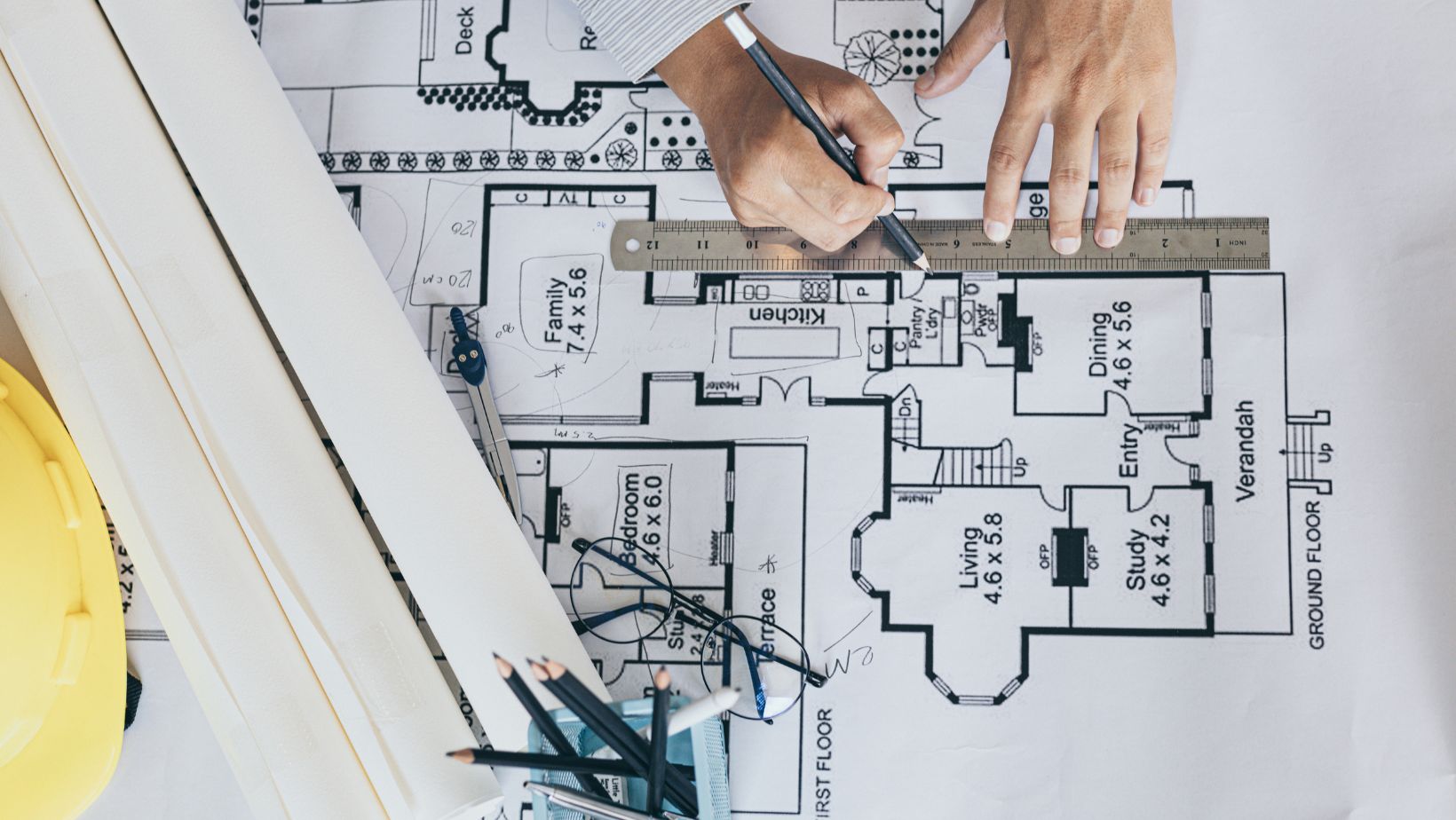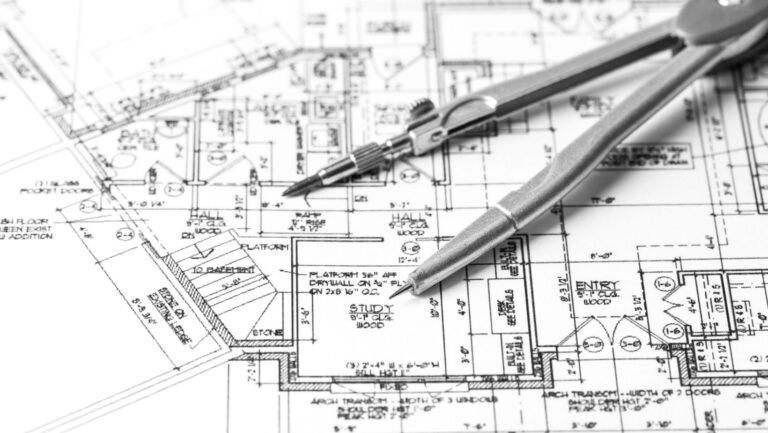In today’s world of modern architecture and sleek minimalism, there’s a growing need for the charm and character of past architecture. Homeowners are increasingly seeking ways to infuse their spaces with a sense of history and personalitywith the assist of online estimating services.
You can achieve this by restoring an incorporating architectural feature into your home design. Whether you’re renovating a heritage building or adding character into a newer home. This approach can breathe new life into your living spaces and create a unique ambience that reflects your taste and style.
Rediscovering the Charm of Architectural Features
Architectural features are the defining elements that give a building its distinctive character. From ornate mouldings and intricate cornices to elegant archways and grand staircases, these elements were once commonplace in traditional homes. However, as architectural trends shifted towards modernism in the mid-20th century, many of these features fell out of favour. Often being removed or covered up in renovation projects.
Nowadays, there’s a renewed appreciation for the craftsmanship and artistry of these architectural details. Homeowners are rediscovering their value and seeking ways to preserve and restore them to their former glory. By doing so, they not only add visual interest and charm to their home but also honour the rich history and heritage of the past.
The Art of Restoration
Restoring architectural features requires a delicate balance between preserving the original integrity or the design and adapting it to suit modern tastes and lifestyles. This process often involves careful research, skilled craftsmanship and attention to detail.
One of the first steps in restoration is assessing the condition of existing features. Whether it’s repairing damaged mouldings, refinishing woodwork or repointing brickwork, each element requires specialised techniques to ensure its longevity and authenticity. In some cases, it may be necessary to enlist the expertise of preservation specialists who have experience working with historic materials and techniques.
Restoration efforts should aim to maintain the historical accuracy of the original design, while incorporating modern conveniences and structural enhancements. For example, integrating energy-efficient windows into period-style frames or installing discreet lighting fixtures behind ornate mouldings can make the best of both worlds. Preserving the charm of the past, while embracing the technologies of the present, can be further enhanced with easy fit blackout blinds. These blinds seamlessly blend with traditional decor, providing modern convenience and optimal light control without compromising the aesthetic integrity of your home.
Incorporating Architectural Features into Modern Design
While restoring existing architectural features is one approach to bringing character back into your home, another compelling idea is to incorporate period-inspired elements into new construction or renovation projects. This allows you to enjoy the aesthetic appeal of traditional architecture while customising it to suit your contemporary lifestyle. Also, integrating functional elements like commercial louvers into your design can increase ventilation and complement the architectural charm.
Another way to embrace timeless design is by choosing family-friendly flooring options that blend practicality with classic aesthetics. Materials that mimic natural stone or wood, such as peel and stick tile flooring, can provide an affordable yet elegant solution. These tiles not only enhance the charm of traditional architectural styles but also offer ease of installation and versatility in design. Their ability to complement intricate detailing like decorative columns or sash windows further reinforces the appeal of a cohesive, sophisticated home interior.

Similarly, incorporating regional or cultural influences can imbue a home with a sense of place and authenticity. Drawing inspiration from local architectural traditions can create an intense sense of identity and belonging.
Incorporating Parquet Flooring
No discussion of architectural features would be complete without mentioning parquet flooring. Originating in 17th century France, parquet flooring is characterised by its geometric patterns and intricate designs. Whether laid in herringbone, chevron or basketweave patterns, parquet flooring adds a touch of elegance and sophistication to any interior space.
Restoring original parquet flooring is a laborious ordeal that requires patience and skill. From repairing damaged planks to sanding and refinishing the surface, each step must be executed with precision to preserve the integrity of the design. However, the end result is well worth the effort as restored parquet flooring can become a stunning focal point that anchors the entire room.
Maximising Impact with Architectural Focal Points
When incorporating architectural features into your home design, it’s essential to identify key focal points that will make the most significant impact. These focal points serve as visual anchors that draw the eye and create a sense of harmony and balance within a space.
One effective strategy is to highlight architectural features in prominent areas such as entryways, living rooms and dining areas. For example, a grand staircase with a sweeping curve and ornate balustrade can serve as a dramatic focal point in a foyer. Whereas a decorative fireplace with a carved mantel can become the centrepiece of a living room.

In addition to standalone features, architectural details can also be used to define specific zones within an open-concept layout. For instance, a coffered ceiling can delineate the dining area from the adjacent kitchen, while a series of arched doorways can create a sense of flow between different spaces.
Bringing Character Back into Your Home Design
In a world where mass production and standardised design often prevails, the preservation and incorporation of architectural features offer a welcome escape. By celebrating craftsmanship, tradition and history, you can create beautiful and meaningful spaces in your home.
Whether through restoration or integration into a new build, architectural features serve as reminders of our shared heritage and cultural identity. From ornate mouldings and grand staircases to parquet flooring, these elements can add depth, personality and soul to your home.

